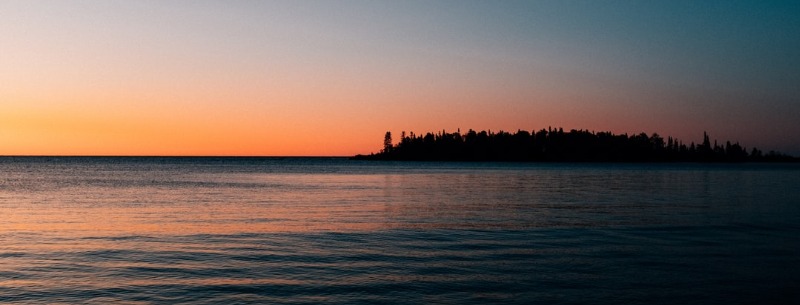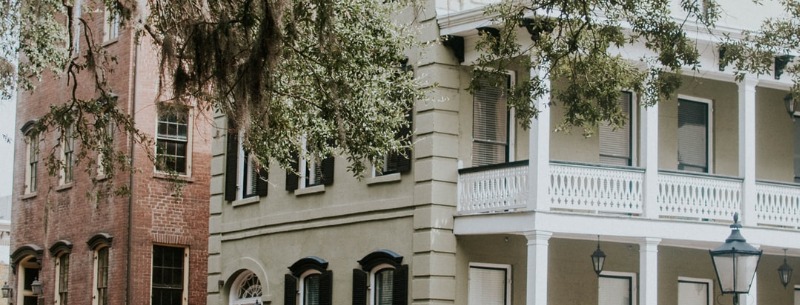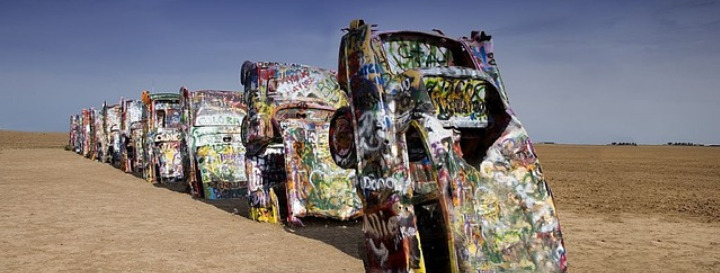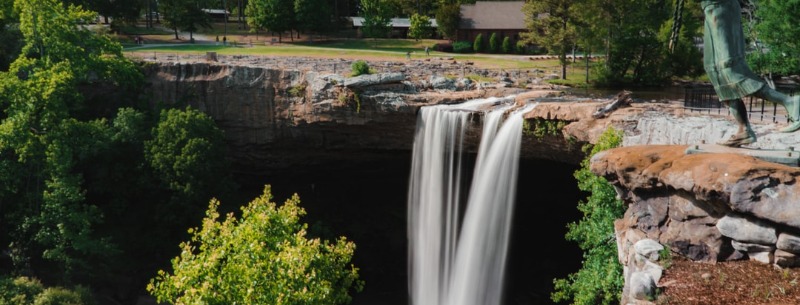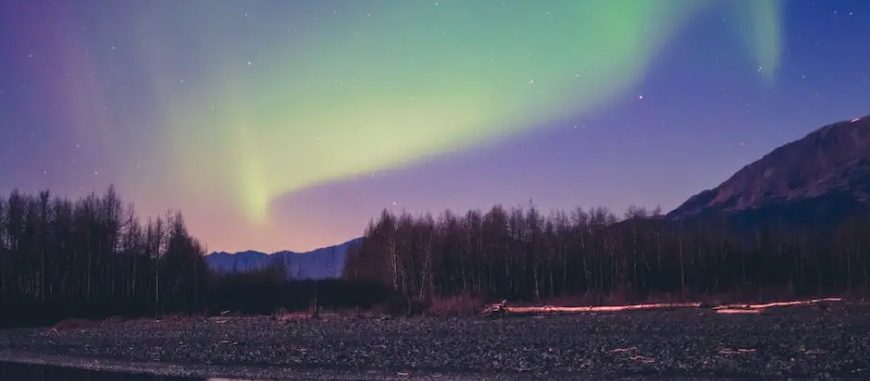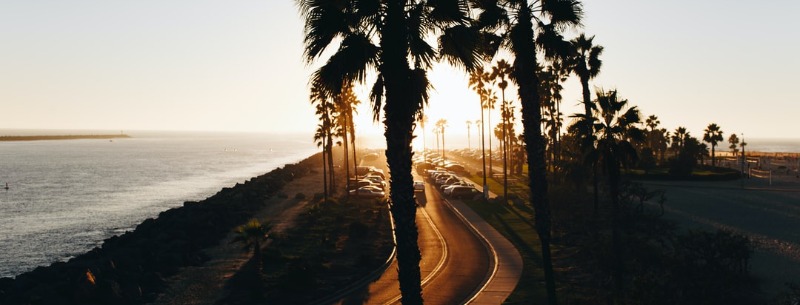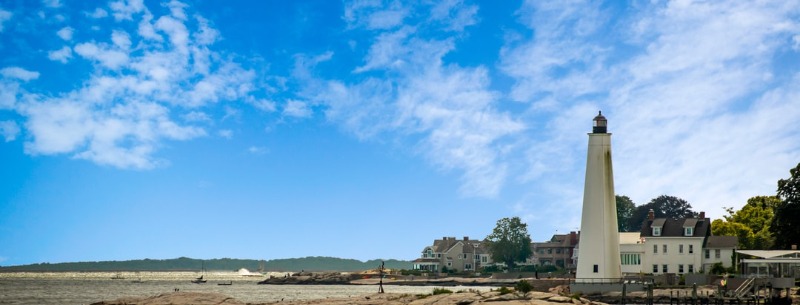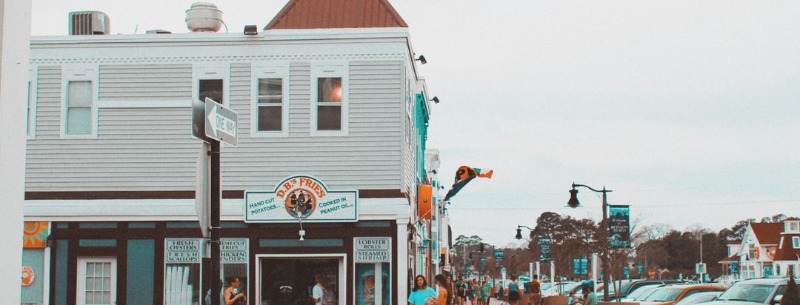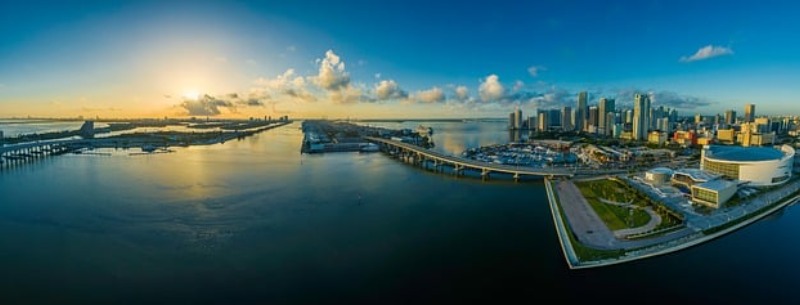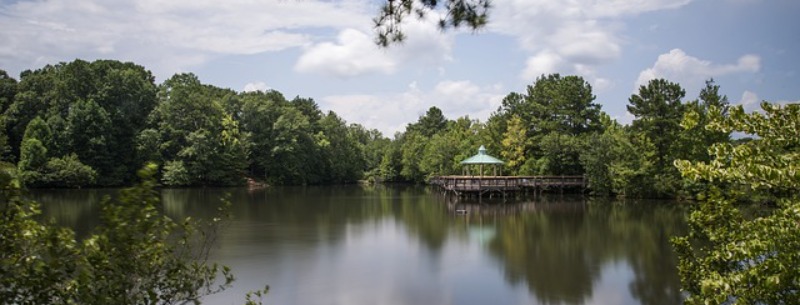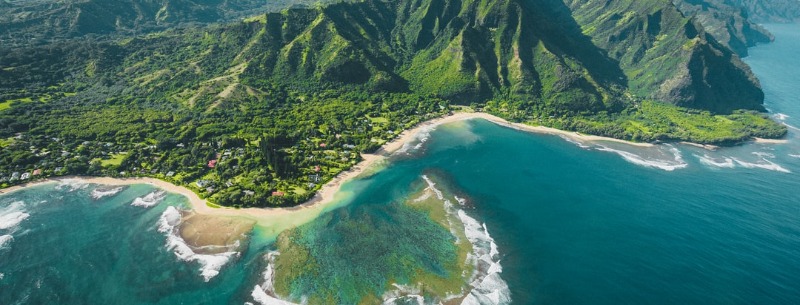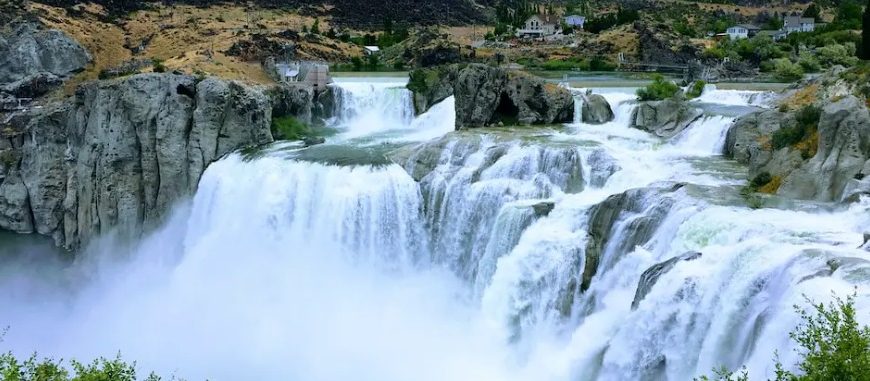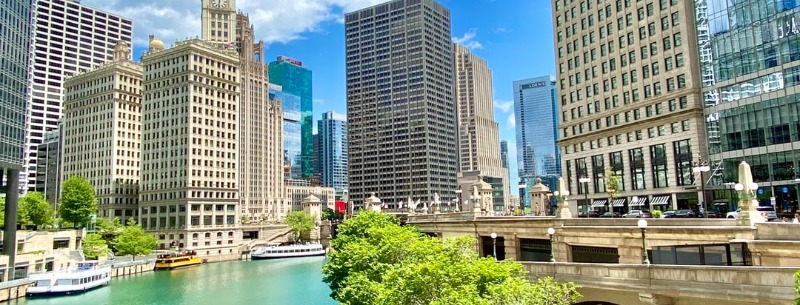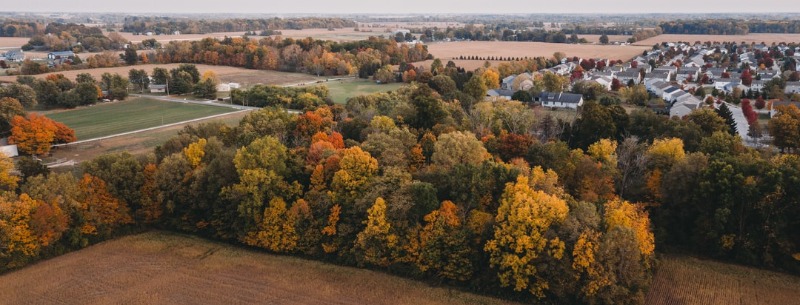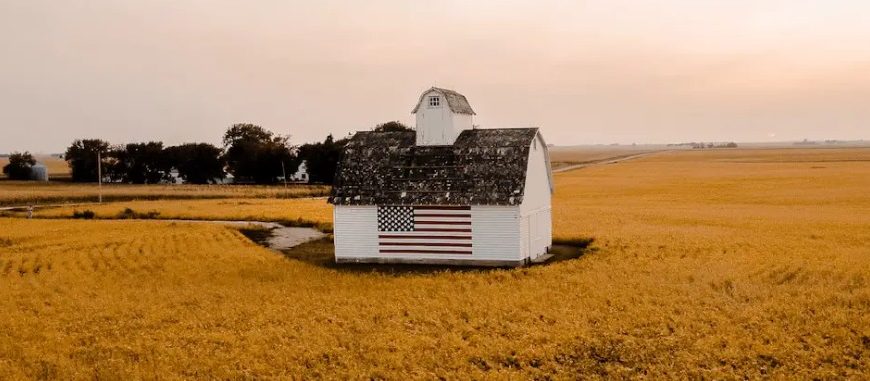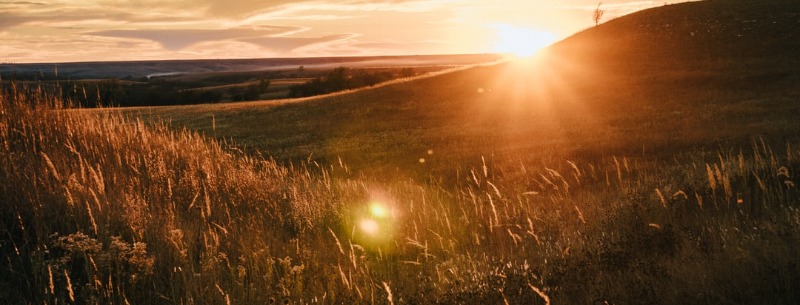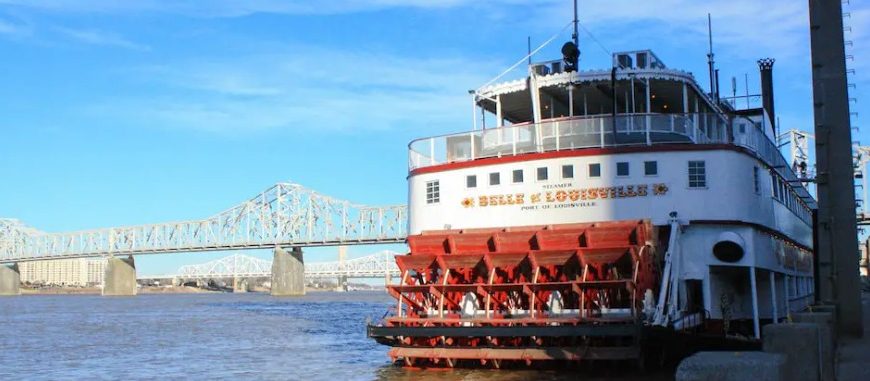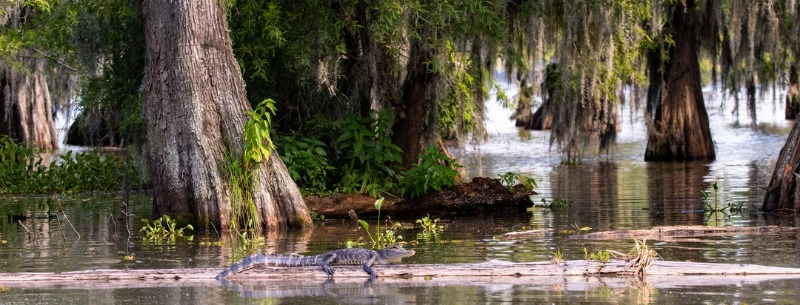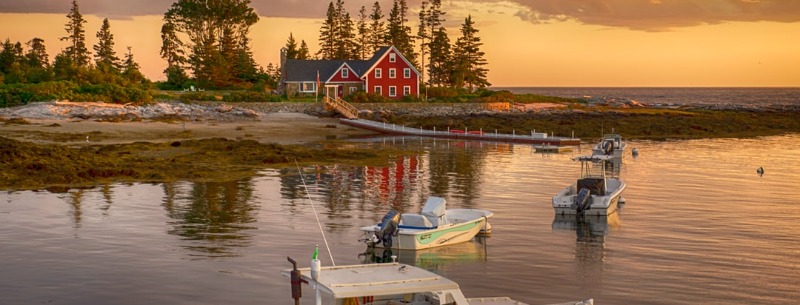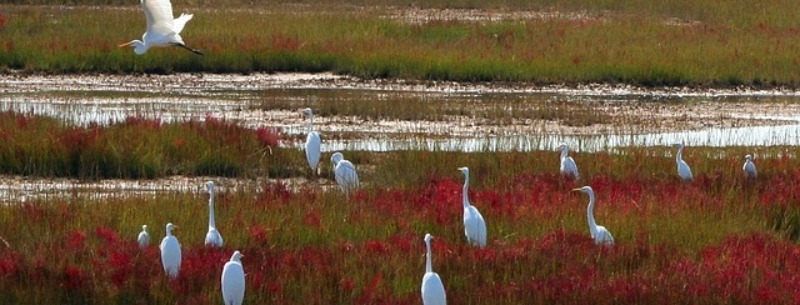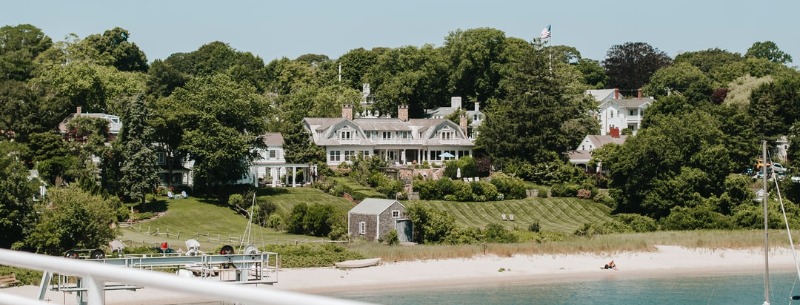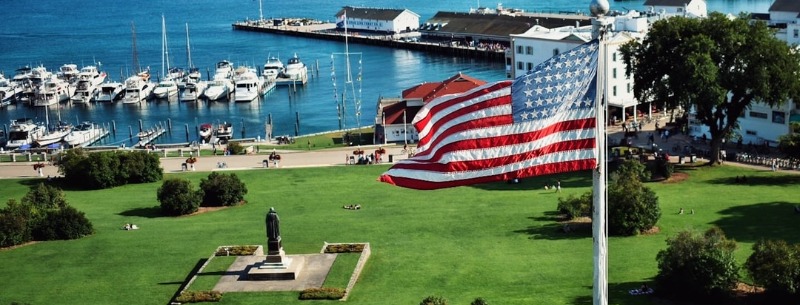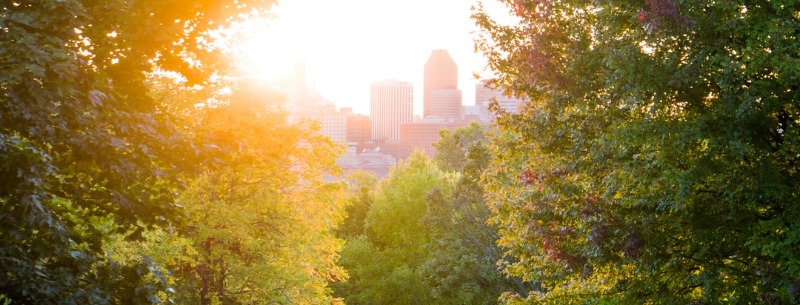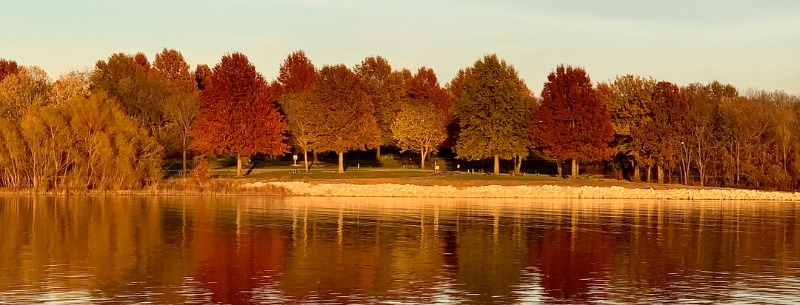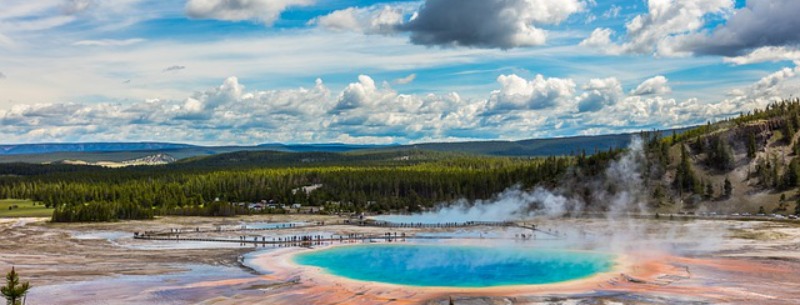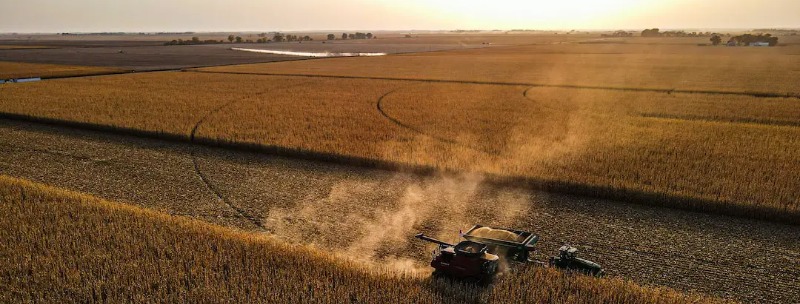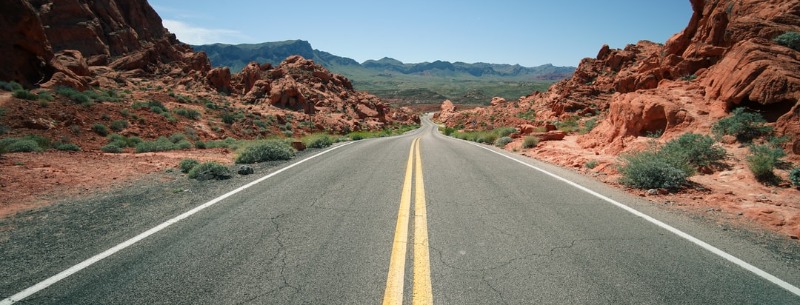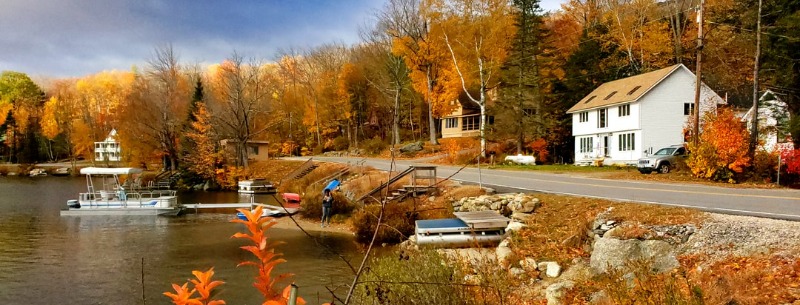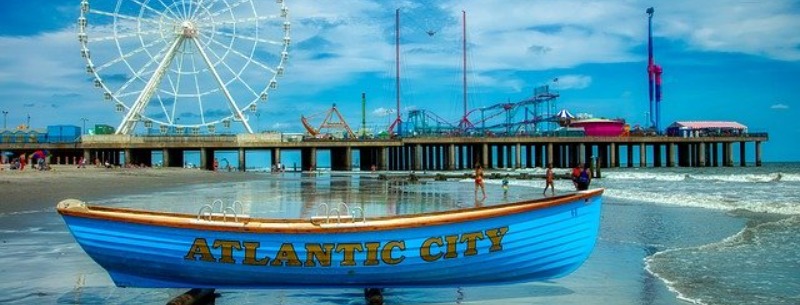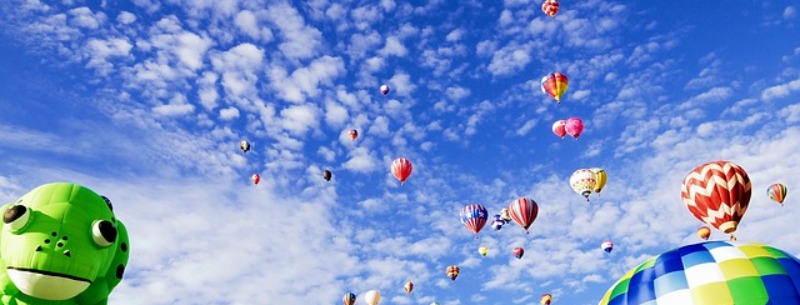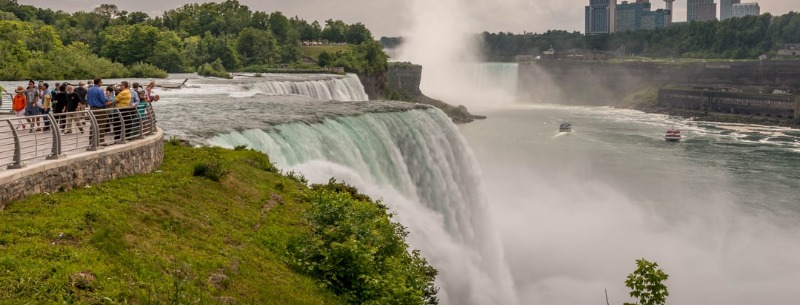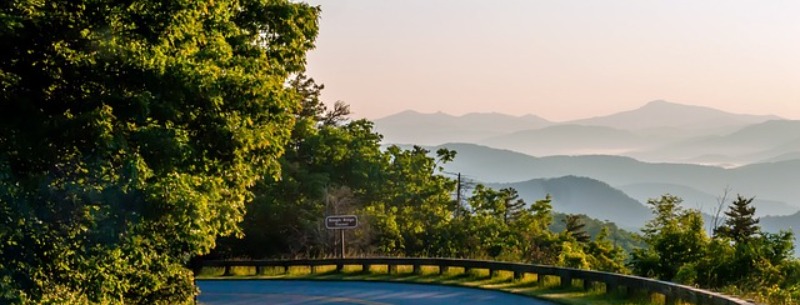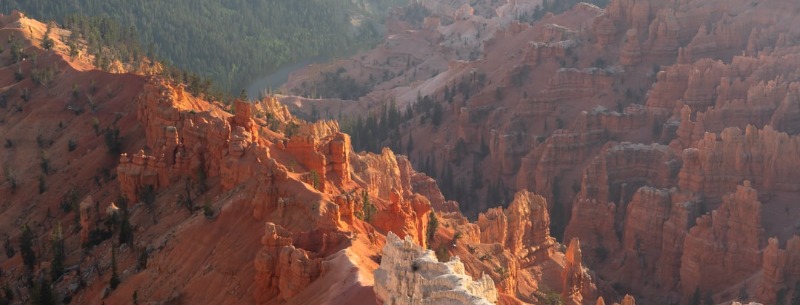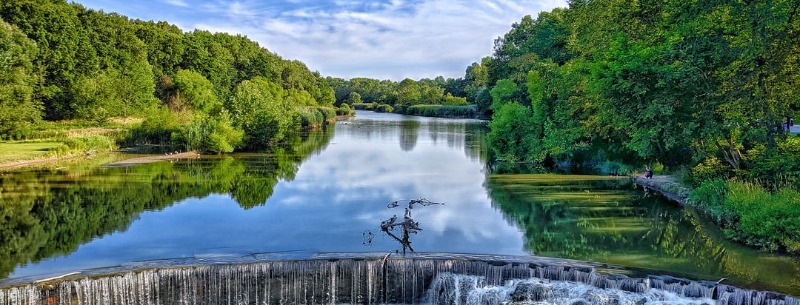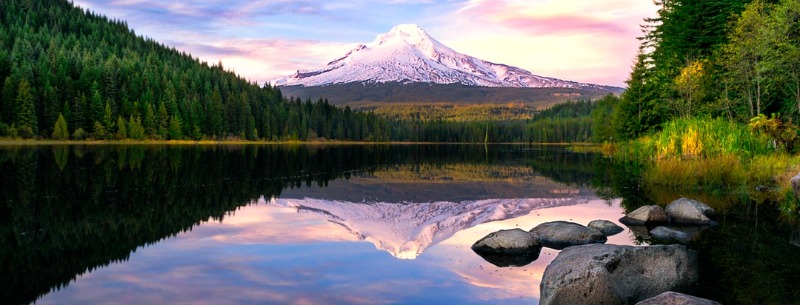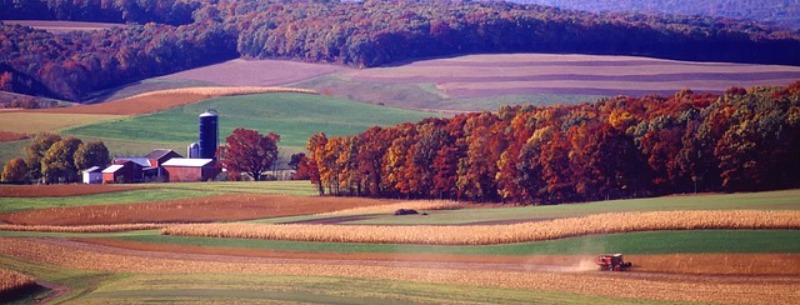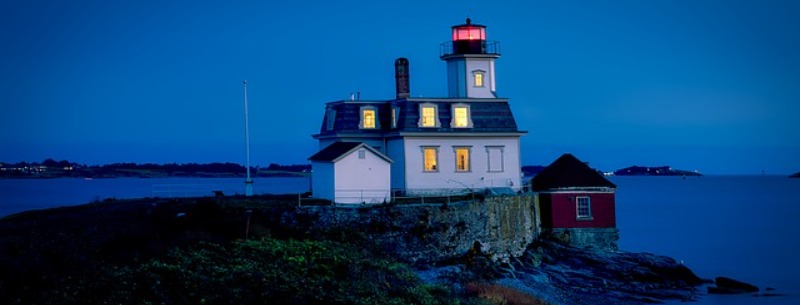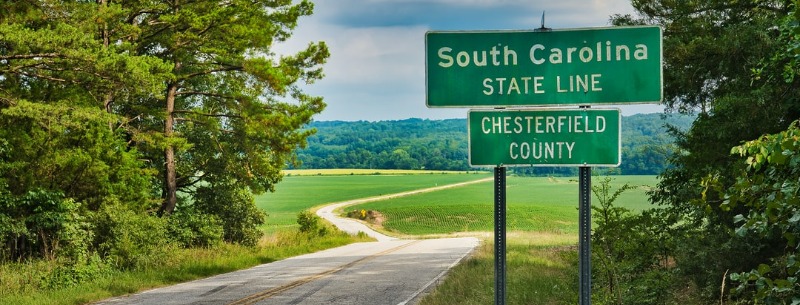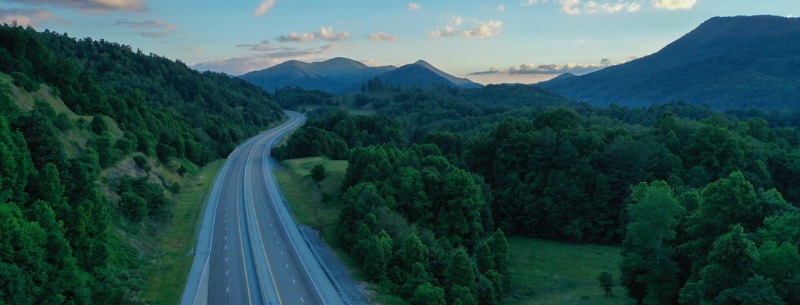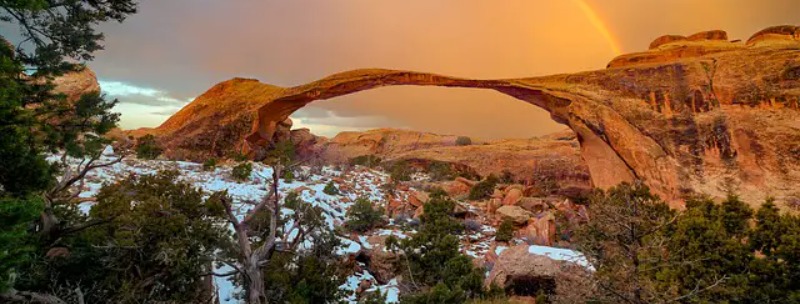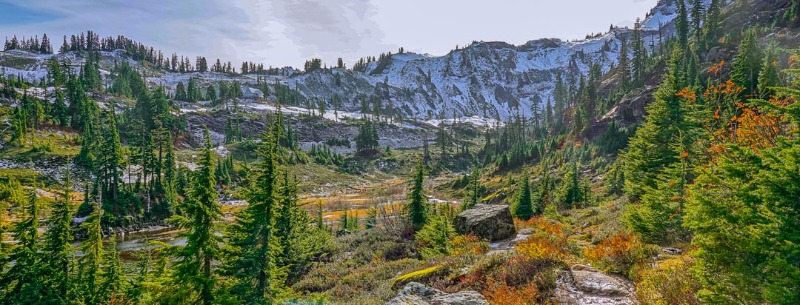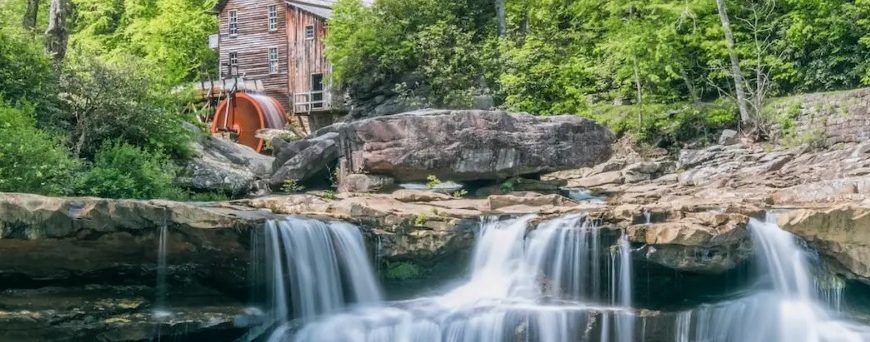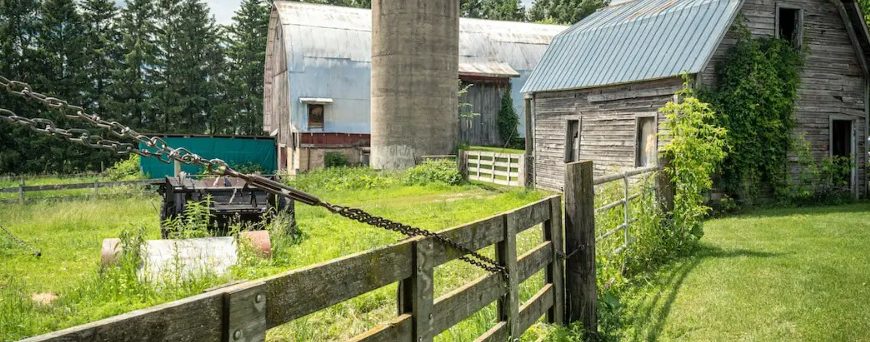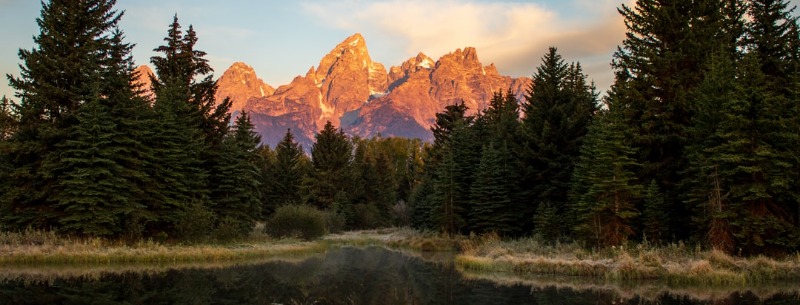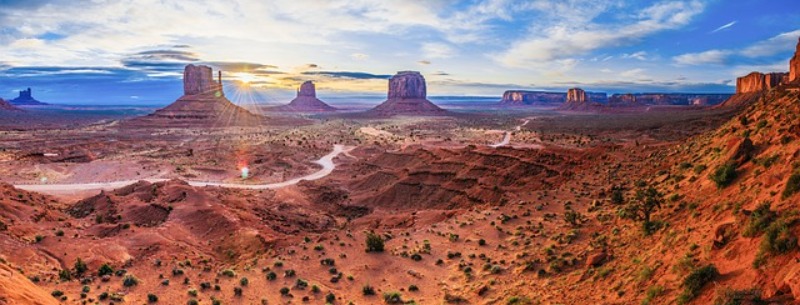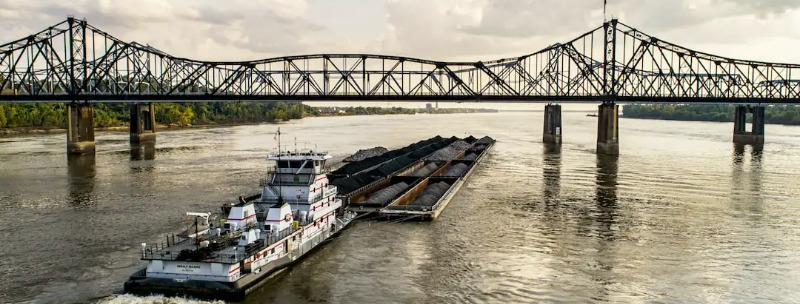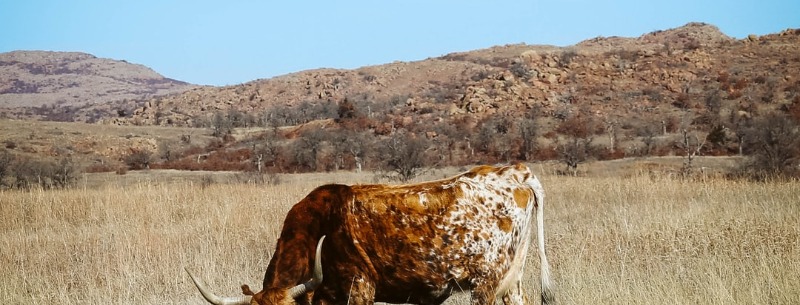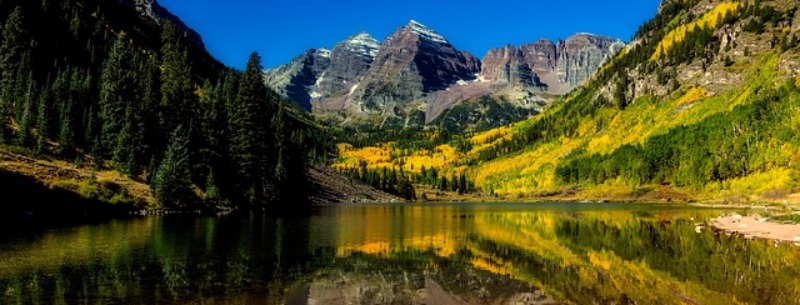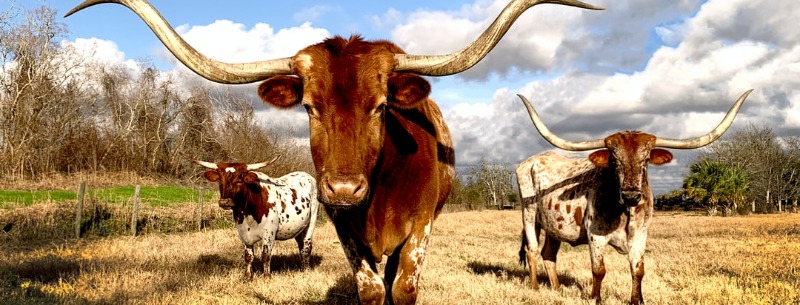Free US Vacation Guides 2024
America, or to give it its full correct name, the United States of America, the US for short, is a vast country covering 3,614,170 square miles in total. Most of it lies in one block of 48 contiguous States, south of Canada and north of Mexico, stretching from the Atlantic Ocean in the east to the Pacific Ocean in the west.
There are also two outlying States; Alaska, an immense wilderness northwest of northern Canada, and Hawaii, comprising of 20 islands in the Pacific Ocean, 2400 miles west of California.
Therefore, visiting the whole of the USA can involve a lot of lengthy travel. So most Americans conduct internal travel by air, because of the great distances between regions. The price of flights in the U.S. is extremely competitive. It has the world’s cheapest, most extensive, internal air network and also a good system of interstate highways. The rail network is poorly developed by European standards and carries mostly freight.
USA Adventure Destinations
Beaches
The states of California and Florida are best known for sunshine and beautiful beaches. The scenic coasts of Maine and Alaska have rugged yet beautiful beaches. Some beaches to check out are our Gold Beach in Oregon and the Outer Banks of North Carolina.
Cities
American cities are representative of their culture and landscape and are as diverse as any country in the world. To get a feel for America, jump to one of these cities and start exploring: New York City, Nome, Hilo, Bluff, and El Paso.
National Parks
Home to Yellowstone National Park heralded as Americas Serengeti and the Grand Canyon the world’s most spectacular canyon visitors from every country appreciate America’s Parks. A few others are Death Valley and Arches in Utah.
Mountains
The Rockies and the Sierras dominate the west the Appalachians the east. In between are the volcanoes of the Pacific Northwest and the fault block ranges of the Great Basin. Skip ahead to; the La Sals in Utah or the Gallatin Range in Montana.
Rivers
From the mighty Mississippi to Columbia America is a land shaped by its rivers and lakes. Colorado and the Rio Grande shaped patterns of development in the southwest and the Ohio and Delaware Rivers in the east are important routes for trade.
Lakes
Lake Superior is the largest and the Great Salt Lake is the saltiest inland lake. Boaters converge on the waters of Lake Powell in the arid southwest and the deep clear waters of Crater Lake draw tourists from around the world.
Traveling to the US
Spanning a continent, and extending far into the Pacific Ocean in Alaska and Hawaii, the USA displays a full range of climatic conditions. Mean annual temperatures range from 84 degrees Fahrenheit in Florida to minus 18 degrees F in Alaska. The weather in the US is frequently dramatic. Tornadoes, cyclones, floods, thunderstorms, heavy snowfalls, and droughts are common in some areas. Yet, in other regions, the weather can be very benign! There is a tremendous variety!
There is also quite a variety of topography. The main features are the fairly low-lying coastal strip down most of the East, or Atlantic, coast; the high Appalachian Mountains, inland of that, running in a chain from New York State in the north to Tennessee in the south; the string of five Great Lakes along the Canadian border; the great broad river valleys, drained by the Mississippi-Missouri Rivers and their many tributaries, like the Ohio, Arkansas and Red Rivers.
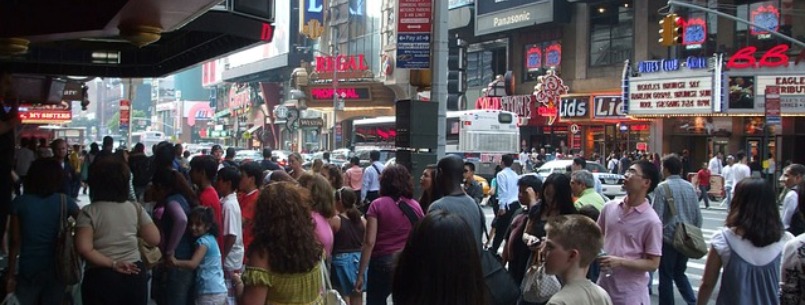
These last two rivers, along with the Missouri, drain the vast plains of the American Mid West, from the Canadian border to the Gulf of Mexico.
Then moving west, one comes to the spectacular Rocky Mountains, stretching all the way from Alaska, in the far north, through Canada, and across the whole USA, to the Mexican border. West of the Rockies is the dry, desert-like Great Basin Region of Nevada; then the Sierra Nevada mountain range; the rich, irrigated, Sacramento and San Joaquin valleys and finally the Coast Ranges of mountains, as one finally arrives at the west, or Pacific, coast. Admittedly, this is a broad generalization of the geography of a vast area!
There are some wonderfully scenic, natural attractions to be seen and visited along the way, apart from those just mentioned. To mention some of the most notable: Monument Valley in Arizona with its striking wind-carved red sandstone rock formations, featured in a thousand Western movies; Grand Teton and Yellowstone National Parks in Wyoming; Death Valley and Yosemite National Park in California; the Everglades of Florida; Glacier National Park in Montana; Bryce Canyon National Park in Utah and last, but certainly not least, the beautiful Painted Desert and mind-blowing Grand Canyon of Arizona.
Nothing quite prepares the first-time visitor for the sheer scale of the Grand Canyon. It is about 250 miles long, 10 miles wide, in places, and about a mile deep. Phenomenal! This is a “must-see” attraction for all tourists visiting the South-West of America.
Top US Destinations for Foreign Travelers
In the Northeast, there is another “must-see” natural attraction, Niagara Falls. This impressive waterfall is in New York State, at the western end of Lake Ontario, on the border with Canada. Many visitors prefer to stay on the more touristy Canadian side of the border. It is yet another fantastic natural phenomenon.
America, of course, has great cities that are of massive interest to travelers. New York, with the Statue of Liberty signaling a welcome, is the gateway to America for many. The Empire State Building is well worth seeing, along with all the other skyscrapers. Of course, the tragedy of 9/11 removed the very biggest of New York’s iconic buildings. But “the Big Apple” with Broadway, Central Park, Times Square, and Manhattan among its attractions, is one of the leading cities in the world.
Of course, Chicago, on the shores of Lake Michigan, is the true home of the skyscraper. This vibrant city in Illinois is the capital of the Midwest.
Meanwhile, New Orleans, in Louisiana on the Mississippi Delta, still has a French air in parts, after having once been owned by France. This is reflected in the food of the Creole Restaurants; the architecture of the Vieux Carre, or Old French Quarter, and the annual joyous Mardi Gras jazz festival. New Orleans is the home of jazz, of course, and still boasts some of the world’s finest jazz musicians; most of them being black Americans.
Nashville, Tennessee, on the other hand, is the home of American Country Music, which was the music of ordinary white southerners and evolved from Irish and British folk music. It is now a great favorite with millions of fans all around the world.
The U.S. capital, Washington D.C has wonderful architectural icons worth seeing, amongst them the White House, Capitol, Pentagon, and the Lincoln Memorial.
Boston, Massachusetts, with its strong Irish influence, is another great city and a wonderful base for exploring the picturesque New England region. This is a highly popular destination in the Fall, or Autumn, as the leaves on the trees turn a myriad of beautiful shades of red, brown, and gold.
On the West Coast, Los Angeles is a huge sprawl of a city, without a real center, but here the film industry’s famous Hollywood suburb is a magnet for millions of star-struck ordinary folk as they hope to catch glimpses of their favorite film, or TV stars out shopping or whatever!
Inland of L.A is the real “bright lights” of America, in the middle of an empty desert. This is, of course, the leading gambling center in the world… Las Vegas, Nevada. Here you will see all sorts of shows and brightly –lit family attractions…..always within a few yards of a roulette table!!
The most attractive city on the American west coast or anywhere in the world is, without a doubt, San Francisco. With its superbly scenic setting over-looking San Francisco Bay and the Golden Gate Bridge; its attractive period housing; the harbor area of Fisherman’s Wharf and its proximity to the wonderful scenery of Yosemite National Park, the Sacramento Valley, and the rugged Californian coastline. Along with a Mediterranean climate, San Francisco has a great deal going for it. The mists created by the cold Alaskan Current are probably one of the few minuses. This may make it a bit cool on the beach sometimes, but the quality of the beaches on America’s west coast is truly superb.
It is the same all around the huge American coastline from New England to Florida and the Gulf of Mexico. There is so much room compared to Europe. Hawaii is another fantastic holiday location for beach holidays…in tropical weather, even!!
Finally, the Orlando district of Florida is a”must-see” place for children of all ages, from 2 to 92! SeaWorld, Universal Studios, Epcot, and Disneyworld are wonderful, world-beating tourist attractions. They all provide tremendous value for money and world-class entertainment.
The United States of America is so vast, that it is impossible to list everything in a few hundred words.
Budget US Travel
On a low budget, you can travel around the States by bus, as bus passes are cheap. Bus stations, however, tend to be in those deserted downtown cores and should be fled by taxi as soon as possible. Train travel is also good, though more expensive. If you don’t have a lot of time, but have a lot of money and want to see a lot of the country, flying is your option. Planes link all the cities. You can also buy or rent a car and drive around. The interstate highways are the fastest routes, but there are always slower, two-lane roads for more scenic travel. As for accommodations in the U.S., motels are a cheap option. Camping is another good idea. There are campgrounds everywhere, and the state and national parks have excellent camping facilities.
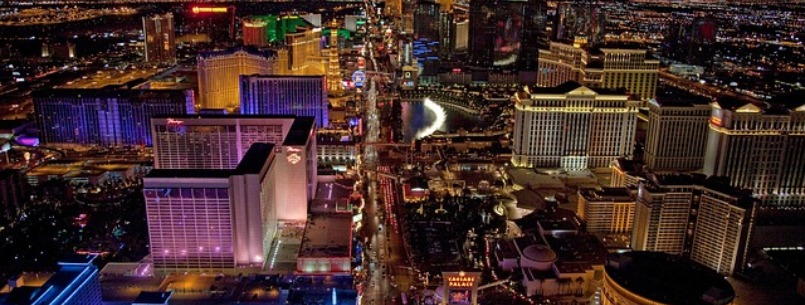
Famous places in the US
Cities
A famous American metropolis, New York City is the most populous city in the country. It is home to architectural marvels such as the Brooklyn Bridge, once the longest suspension bridge in the world, and the Empire State Building. The display of lights and billboards that characterize the area known as Times Square makes it one of the world’s most recognizable places. Famous western cities include Las Vegas, Nevada, and Los Angeles, California. The former is known for its casinos and nightlife; the latter, specifically its Hollywood district, is the epicenter of the American entertainment industry.
- Albuquerque
- Anaheim
- Atlanta
- Atlantic City
- Austin
- Baltimore
- Bend, OR
- Beverly Hills
- Boston
- Breckenridge
- Buffalo
- Charlotte
- Chattanooga
- Charleston
- Chicago
- Cincinnati
- Cleveland
- Columbus
- Dallas
- Denver
- Detroit
- Estes Park
- Fort Worth
- Ft. Lauderdale
- Houston
- Indianapolis
- Kansas City
- Lake Tahoe
- Las Vegas
- Long Beach
- Los Angeles
- Louisville
- Maui
- Manhattan
- Memphis
- Miami
- Milwaukee
- Minneapolis
- Myrtle Beach
- Napa Valley
- Nashville
- New Orleans
- New York City
- Norfolk
- Oklahoma City
- Orlando
- Palm Springs
- Pasadena
- Philadelphia
- Phoenix
- Pittsburgh
- Portland
- Reno
- Sacramento
- Salt Lake City
- San Antonio
- San Diego
- San Francisco
- San Jose
- Santa Barbara
- Santa Cruz
- Santa Fe
- Savannah
- Seattle
- Sedona
- St. Louis
- St. Paul
- Tampa Bay
- Tucson
- Virginia Beach
- Washington DC
- Williamsburg
Historic Sites
The signing of two landmark documents, the “Declaration of Independence” and the “Constitution,” took place in Independence Hall in Philadelphia, Pennsylvania, in 1776 and 1787, respectively. The building is a World Heritage Site. Other buildings that starred in the struggle for independence are in Boston, Massachusetts, along a popular tourist route known as the Freedom Trail. Among these is the home of revolutionist Paul Revere. Also famous are the five 18th-century Catholic missions in San Antonio, Texas — the Alamo in particular — and Ellis Island in New York Harbor, the entry point of more than 12 million immigrants in the 19th and 20th centuries.

National Parks
The United States has some of the most famous national parks in the world. Some notable parks are Yellowstone National Park, the oldest in the country. Yellowstone, most of which lies in Wyoming, boasts the world’s largest concentration of geysers. Equally famous is Grand Canyon National Park in Arizona. At 276.5 miles long and almost a mile deep, the canyon is the world’s largest gorge.
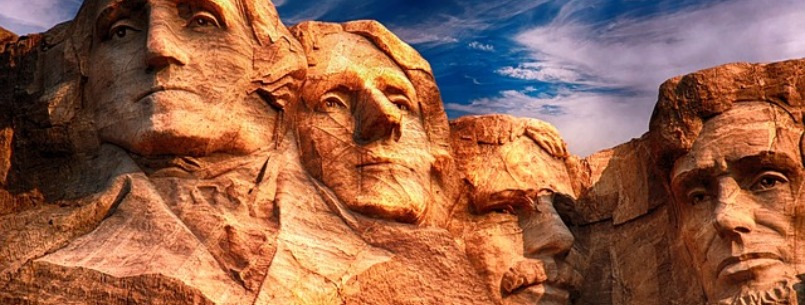
Monuments
In South Dakota, Mount Rushmore National Memorial — mountainside carvings of the faces of presidents George Washington, Thomas Jefferson, Theodore Roosevelt, and Abraham Lincoln — draws 3 million visitors every year. The largest collection of presidential memorials is in the capital, Washington, D.C. These include such iconic structures as the Lincoln and Washington monuments. Arguably the most famous monument in the country is the Statue of Liberty in New York Harbor. A World Heritage Site, this colossal statue of a woman holding a book and a torch was a French gift to the United States in 1886 to commemorate the centennial of independence.

American Food and drinks
In large cities, restaurants are mostly modern and very clean, offering a vast range of cuisines, prices, and facilities. Restaurants come in all shapes and sizes, ranging from fast-food, self-service, and counter service, to the drive-in and table service. ‘Diners’, now a fading US institution, consists of simple food served from the counter. These are often located in smaller towns, and although they have been replaced by fast-food chains in many areas, they can still be found all along the East Coast.
Specialties
As the country has become more culturally diverse, so has the average palate. Today every imaginable dish can be found coast to coast, with an increasing emphasis on fresh and healthy. The following list is simply a sampler of foods that are favorites in most regions.
- Hamburgers.
- Fried chicken.
- Barbecue.
- Cheesecake.
- Key lime pie.
Things to know
There are also many types of bars, cocktail lounges, café-style bars, and English-style pubs. Generally speaking, waiter/waitress service costs more. Drinking laws are set by individual states, counties, municipalities, and towns; on average, closing time in bars is between midnight and 0300.
Tipping: Widely practiced, as service charges are not usually included in the bill and waiters depend heavily on tips for their income. Waiters generally expect 10 to 15% gratuity. It should be noted that a cover charge is for admission to an establishment, not a tip for service.
Regional drinks
- Coca-Cola.
- Regional wines.
- Microbrewery beer.
- Specialty coffees.
Drinking age
The legal age for alcohol consumption varies from 18 to 21 years from state to state and the laws on the availability of alcohol run from New Orleans’ policy of any time, anywhere, and to anyone, to localities, such as parts of Utah, where drinking is strictly prohibited. Verification of age is frequently required prior to service.
Climate
The climate in the US varies across different parts of the country. Generally, the western and southern parts of the US have warmer weather as compared to the eastern and northern parts. The eastern/northern parts of the US experience harsh winters with heavy snowfall but the summers are pleasant. The western/southern part has extremely hot summers and comparatively tolerable winters. Find out where you are likely to stay in the US and plan accordingly. The USA can be divided into six climate regions, excluding Alaska, Hawaii, and outlying territories. The climate varies considerably between different regions.
- Northwest Pacific
- Mid/South Pacific
- Midwest
- Northeast
- Southeast
- Southwest
Accommodation
Tourism in the States is a massive industry and millions of backpackers and tourists visit every year. Most tourists already have an idea of what to expect due to the proliferation of American culture abroad. The US is a truly huge place with plenty of things to do in every state. In general, the US is very welcoming of tourists although if you can’t speak English or Spanish you won’t find many Americans who can speak your language. However, with even the most basic tourist English you will be able to enjoy life the American way and that means BIG.
Budget accommodation is also readily available in the US, even the cheapest motels will provide quite a good standard of living with almost all rooms having their own en-suite bathroom and most boasting a TV.
The Hostel Handbook for the USA and Canada is a great resource for backpackers in North America. The list includes HI locations and all independent hostels. It’s updated every year so the information is current. It includes a great section on travel tips and budget travel resources.
Budget accommodation is also readily available in the US, even the cheapest motels will provide quite a good standard of living with almost all rooms having their own en-suite bathroom and most boasting a TV. For more advice on accommodation see our local state pages for more information.
The Hostel Handbook for the USA and Canada is a great resource for backpackers in North America. The list includes HI locations and all independent hostels. It’s updated every year so the information is current. It includes a great section on travel tips and budget travel resources.
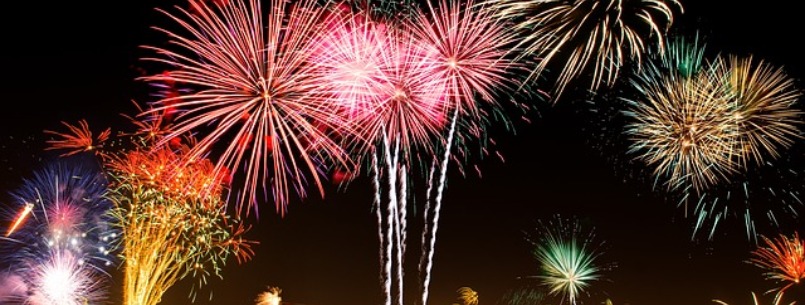
National Holidays
| Monday, January 2* | New Year’s Day |
| Monday, January 16 | Birthday of Martin Luther King, Jr. |
| Monday, February 20** | Washington’s Birthday |
| Monday, May 28 | Memorial Day |
| Wednesday, July 4 | Independence Day |
| Monday, September 3 | Labor Day |
| Monday, October 8 | Columbus Day |
| Monday, November 12*** | Veterans Day |
| Thursday, November 22 | Thanksgiving Day |
| Tuesday, December 25 | Christmas Day |
Practical information
An economical US trip is possible, but it is very, very easy to spend much more than you bargained for, no matter what your travel style. Mode of transportation is a big factor, as is the destination: US cities don’t chip away at budgets, they jackhammer them into pieces.
Only the extremely thrifty will spend less than $100 a day. A comfortable mid-range budget typically ranges from $175 to $225 a day; this usually gets you a car, gas, two meals, a good hotel, and a museum admission or two. Spending over $300 a day isn’t hard: just splash out a few times, drive a lot, and stay, eat, and whoop it up in New York, Chicago, San Francisco, etc.
We define a ‘midrange’ hotel very broadly (as $80 to $200): in rural areas, $100 buys a princely night’s sleep, but in some cities, clean places start at $200. The same math holds for meals.
To travel on the cheap, plan on camping or hosteling ($15 to $25 a night), cooking some of your own meals, and touring by bus. It’s not hard, but it limits your flexibility and it’s slower (which isn’t so bad). Be wary of budget motel come-ons; the sign might flash $39, but it’s probably for a single and won’t include tax.
Traveling by car is often a necessity. A rental is a minimum of $40 a day (a type of car, tax, and level of insurance can push it higher), plus gas. Planning the great American road trip? Petrol could cost more than the car itself (say, another $20 to $40 per day).
Mainly, don’t forget the second part of that travel chestnut: after you halve your clothes, double your estimated budget, and it’ll work out fine.
Understanding US Culture
Due to its size and the fact that nearly all citizens are descended from immigrants, it is in general not possible to identify a single “American” culture. Visitors to the South will find a far different culture than those traveling to California or New York City. However, there is a culture that is said to be American, in a way a stereotype of what America wishes itself to be, a culture that people over the globe have seen in Hollywood films, and that has energized immigrants from all over the world. Like many stereotypes, there is a certain truth to it; likewise, there is a certain falsity. For example, it has been said that America is a “classless” society. This is true in the sense of class as it is traditionally known in Europe or India, where one’s class at birth largely determines one’s social station in life. However, there is a huge disparity in the socioeconomic status of the upper and lower classes in America. The “classlessness” means that one can freely move between them by changing one’s financial situation; one’s outcomes – not one’s origins – determine one’s class.
It is also true that Americans are more materialistic and individualistic than many other cultures, though that is probably true of any very wealthy society. The wealth on display almost casually in large shopping malls all over the country might seem shocking to someone from a developing country. Yet it is also true that America is more religious than most other industrialized countries. So it is a mixed bag, and this should make it an interesting place to visit.
In general, racial tension is an issue that the U.S. is still having difficulty dealing with. The nation’s long history of racial policies and attitudes is a heritage that its population continues to struggle to overcome. Even such simple matters as terminology can lead to awkwardness. A foreigner’s innocent use of the “wrong” name for a racial group isn’t likely to seriously offend, but it’s safest to avoid referring to race altogether or to ask the person to whom you’re speaking what the right term is in this country. Note: The answer will change depending on whom you ask.
Top Must-See Destinations in the United States
- Yellowstone National Park, Wyoming
The national park that started it all has it all, from steaming fluorescent hot springs and spouting geysers to sheer canyons and meadows filled with wildflowers and assorted grazing beasts. - Driving Highway 1, California
The rugged Big Sur coastline, pounded by Pacific waves, makes an exhilarating route between San Francisco and LA. - Monticello, Virginia
A squirrel’s hop from the Blue Ridge Mountains, this elegant plantation was the home and final resting place of Thomas Jefferson, author of the Constitution and third US president. - Skiing in the Rocky Mountains
The site for some of the best skiing anywhere, from glitzy resorts to atmospheric mining towns. - Country Music Hall of Fame, Tennessee
Everything you ever wanted to know about country music, is enshrined and explained in loving detail. - New England in the fall
Fall in the Northeast is a breathtaking spectacle, the copious foliage presenting an ever-changing palette of color and light. - Aurora Borealis, Alaska
Winter visitors to Alaska see the skies ablaze with the shimmering veils of the Northern Lights. - Savannah, Georgia
Mint juleps on wide verandas, horsedrawn carriages on cobbled streets, and lush foliage draped with Spanish moss; this historic cotton port remains the South’s loveliest town. - Ancestral Puebloan sites, Arizona
Scattered through desert landscapes like Arizona’s magnificent Canyon de Chelly, the dwellings of the Ancestral Puebloans afford glimpses of an ancient and mysterious world. - Hawaii’s volcanoes, Hawaii
Hawaii’s Big Island grows bigger by the minute, as the world’s most active volcano pours molten lava into the ocean.
